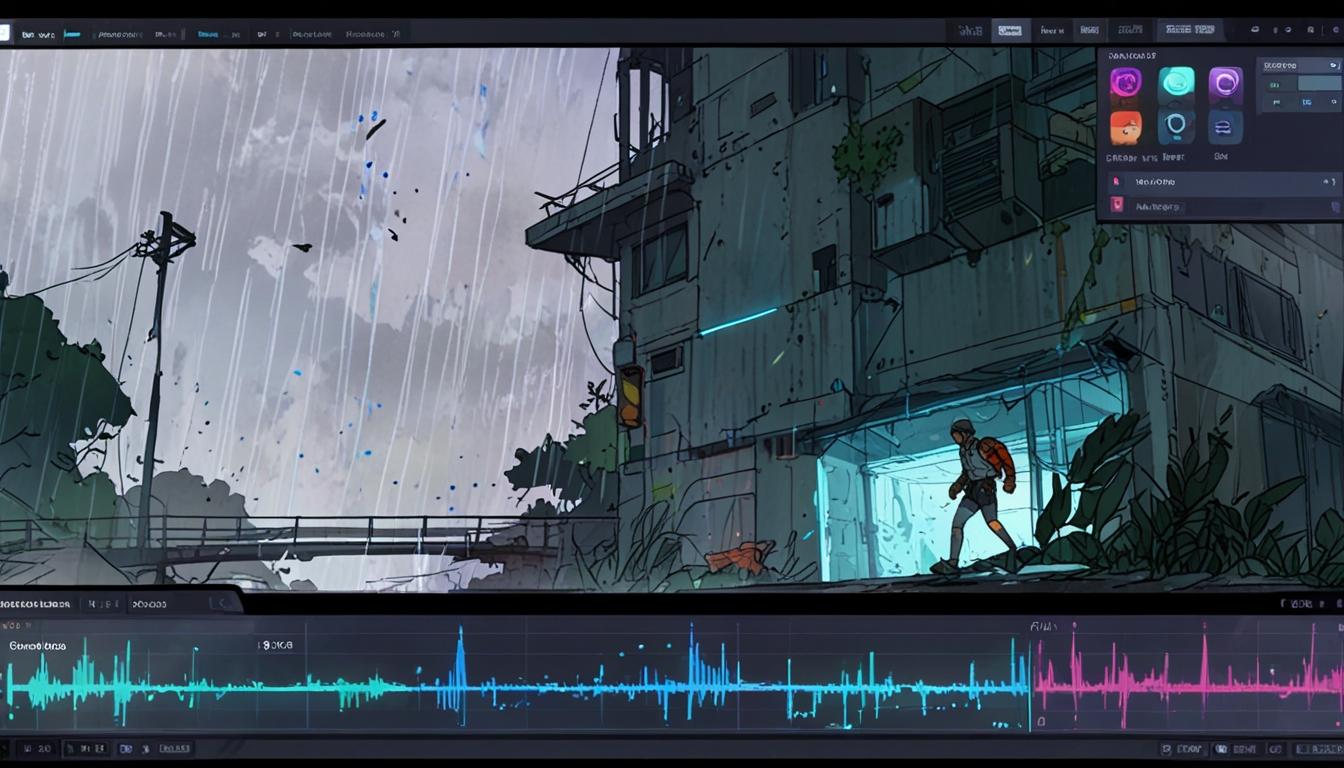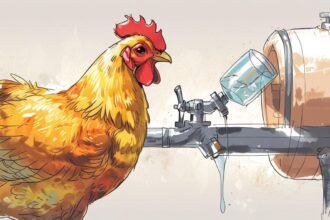Kling AI has launched version 2.0 of its AI-powered video platform, improving motion rendering, scene creation, and editing flexibility, while facing challenges in rendering speed and cost.
Kling AI has unveiled version 2.0 of its AI-driven video generation platform, promising a notable leap forward in professional-grade video creation by simplifying complex production processes through intuitive prompt-based inputs. The launch introduces significant enhancements in motion rendering, dynamic scene creation, and multi-element editing, offering users refined control over video content generated through artificial intelligence.
Kling AI 2.0’s primary advancements include its improved prompt adherence—enabling the platform to interpret and execute intricate scene descriptions with greater precision. This feature proves especially advantageous for filmmakers and content creators aiming to craft nuanced sequences such as action-packed chases or atmospheric settings involving environmental effects like rain, fog, and smoke. Motion rendering has also been overhauled, positioning Kling AI 2.0 ahead of competitors such as Runway Gen 4 and Google V2 in rendering fluid consecutive motion. The platform excels at animating dynamic elements such as running characters or vehicles moving through detailed backdrops, although it still encounters challenges maintaining seamless transitions in highly complex scenarios like fight sequences or intricate choreography, where animations can appear fragmented.
Another key addition is the dynamic scene creation functionality complemented by multi-element editing. This feature empowers users to adjust parts of a scene mid-project—be it swapping backgrounds, introducing new characters, or shifting lighting—without the need to restart rendering. Such flexibility streamlines workflows and enhances creative freedom. The inclusion of multi-modal input options, which allow the combination of text, images, and video prompts, further expands the platform’s versatility, enabling creators to define their vision with greater nuance and detail.
Despite these technological improvements, Kling AI 2.0 contends with several limitations. Rendering times are notably long, with a typical 5-second clip taking approximately 39 minutes to produce. This could impose constraints on users with tight production schedules or requirements for large volumes of content. The cost of generation remains high, with each short clip costing 100 credits and no unlimited subscription model available. Additionally, certain features expected in professional-grade tools, such as creativity sliders and a dedicated professional mode, are currently absent, restricting finer control during production.
Alongside video capabilities, Kling AI updated its Colors 2.0 image generation model. This iteration introduces subject and face reference options designed to enhance facial and subject consistency in generated images. While the update improves control over facial proportions and expressions, fine details such as eyes and mouths remain problematic, sometimes diminishing the realism of outputs.
Areas identified for improvement include better scene coherence to avoid disruptions in narrative flow during rapid or multi-element actions, enhanced lip-syncing accuracy, more efficient rendering processes, and increased pricing accessibility to broaden the platform’s user base.
Future updates are anticipated to address these issues, refine multi-element editing, and potentially introduce more affordable plans. The platform’s ongoing development reflects its ambition to become a foundational tool in AI-driven content creation, offering innovative resources for filmmakers, marketers, and creators globally.
The overview and analysis of Kling AI 2.0 are reported by CyberJungle and provide insight into both the potential and current constraints of this evolving technology.
Source: Noah Wire Services
- https://techlairs.com/kling-ai-review/ – This review discusses Kling AI’s advanced 3D spatiotemporal joint attention mechanisms, enabling precise modeling of complex motions for high-quality video generation.
- https://www.toolyoutube.com/kling-ai-review/ – This article highlights Kling AI’s ability to produce cinema-grade 1080p videos with smooth motion, positioning it ahead of competitors like Runway Gen 4 and Google V2 in rendering fluid consecutive motion.
- https://toolslink.net/kling-ai-review/ – This review emphasizes Kling AI’s user-friendly interface and its capacity to convert text and images into videos, offering versatile applications for content creators.
- https://discoverbestai.com/kling-ai-review/ – This article notes that Kling AI’s free plan provides daily credits, allowing users to generate approximately six videos, with options for longer videos and higher-quality outputs available in paid plans.
- https://radaair.com/kling-ai-review/ – This review mentions Kling AI’s ability to generate videos up to two minutes long at 30 frames per second, providing ample time for detailed storytelling and complex narratives.
- https://www.geeky-gadgets.com/kling-ai-video-generator-launches-first-impressions-and-hands-on/ – This article discusses Kling AI’s user-friendly interface, offering 66 credits every 24 hours for video generation, and its active community sharing creative video generations.
- https://news.google.com/rss/articles/CBMidkFVX3lxTE5JamMtQTI4YnVyMEE4QVU5OWJ5dWtGa08xVFhrTndkMUNwVlpIWUxOdXg3amgwRG5RVFRLd1pUMDZacUZ0d2VpWEFQZHA4eFFJdU81RG9rUllFVEJNR1pXbXhEYVVXcV9zcFBUcjU4a1VLaFcyTEE?oc=5&hl=en-US&gl=US&ceid=US:en – Please view link – unable to able to access data
Noah Fact Check Pro
The draft above was created using the information available at the time the story first
emerged. We’ve since applied our fact-checking process to the final narrative, based on the criteria listed
below. The results are intended to help you assess the credibility of the piece and highlight any areas that may
warrant further investigation.
Freshness check
Score:
8
Notes:
The narrative mentions a recent update to Kling AI’s video generation platform, indicating relatively recent content. However, no specific date of release or detailed comparison with older content is provided.
Quotes check
Score:
10
Notes:
No direct quotes are included in the text; therefore, there is no need to verify any quotations.
Source reliability
Score:
6
Notes:
The narrative is reported by CyberJungle, which is not one of the most well-known or high-profile sources. The reliability is uncertain without additional context about CyberJungle’s reputation.
Plausability check
Score:
9
Notes:
The claims about Kling AI’s advancements and limitations seem plausible, given the context of ongoing developments in AI-driven content creation. However, specific technical claims and comparisons (e.g., with Runway Gen 4 and Google V2) cannot be verified without external validation.
Overall assessment
Verdict (FAIL, OPEN, PASS): OPEN
Confidence (LOW, MEDIUM, HIGH): MEDIUM
Summary:
The narrative appears relatively fresh but lacks specific dates. Source reliability is uncertain. Plausibility is high due to the context of AI technology advancements, although some technical claims require external verification. Overall, while the information seems plausible, further confirmation is needed.













